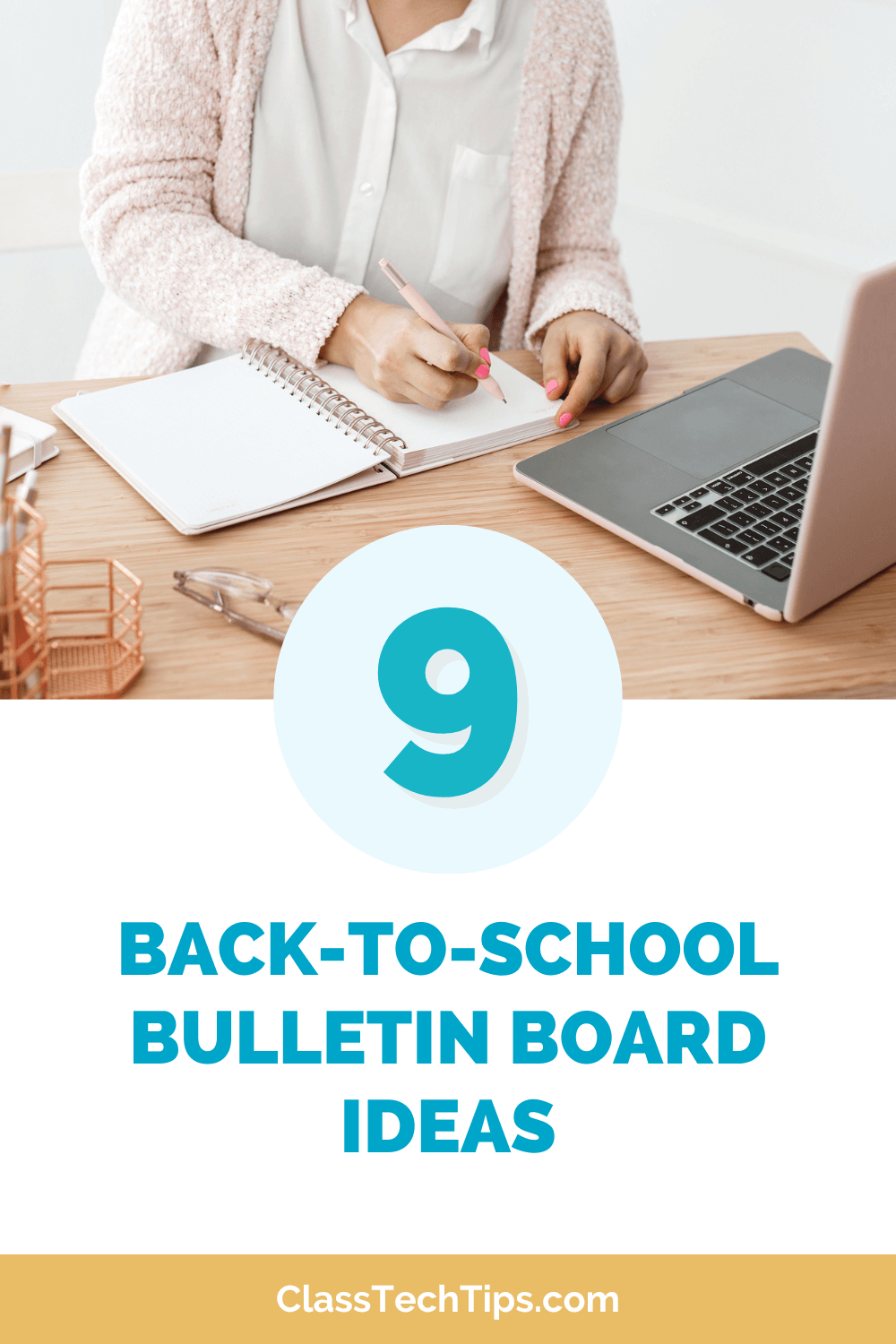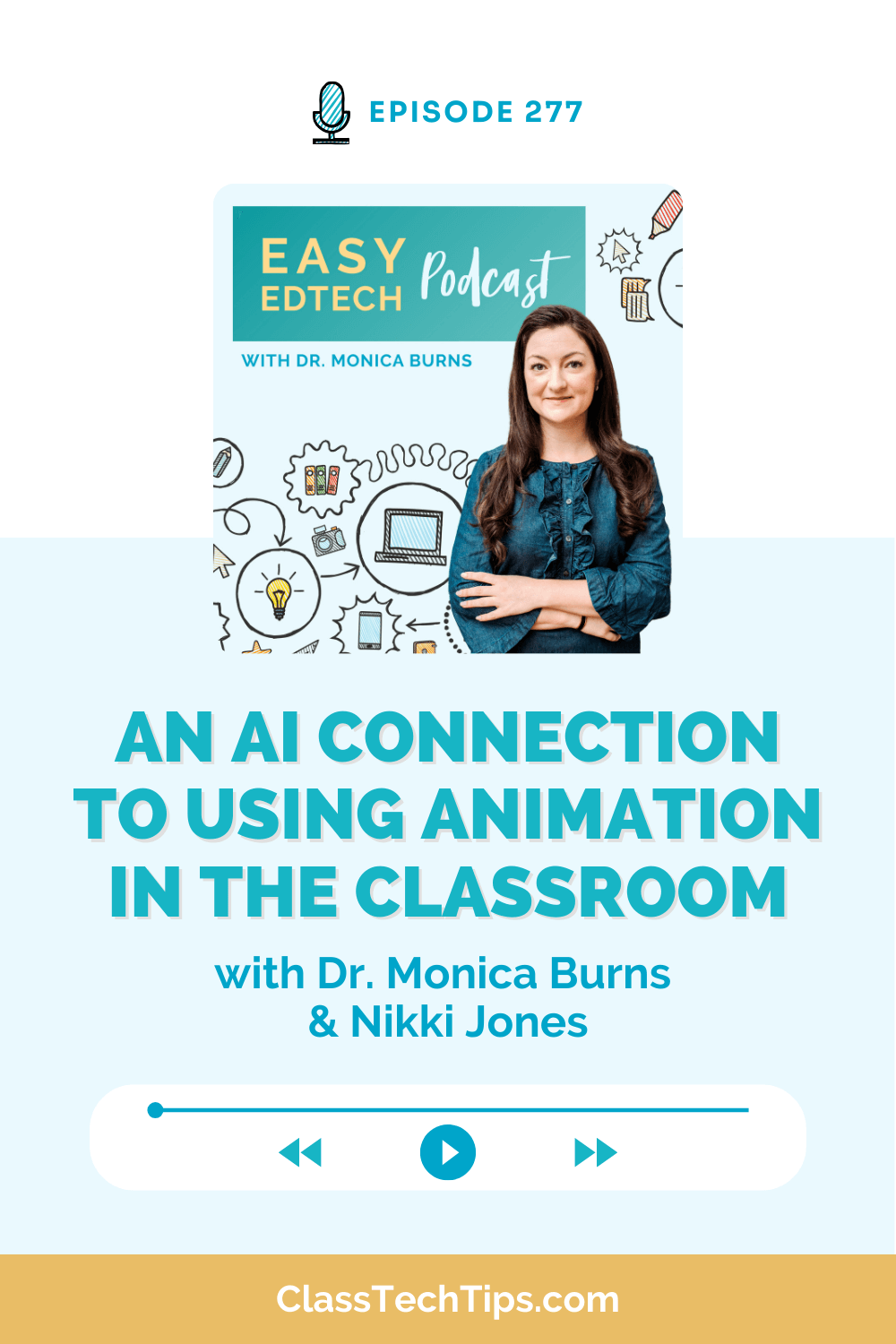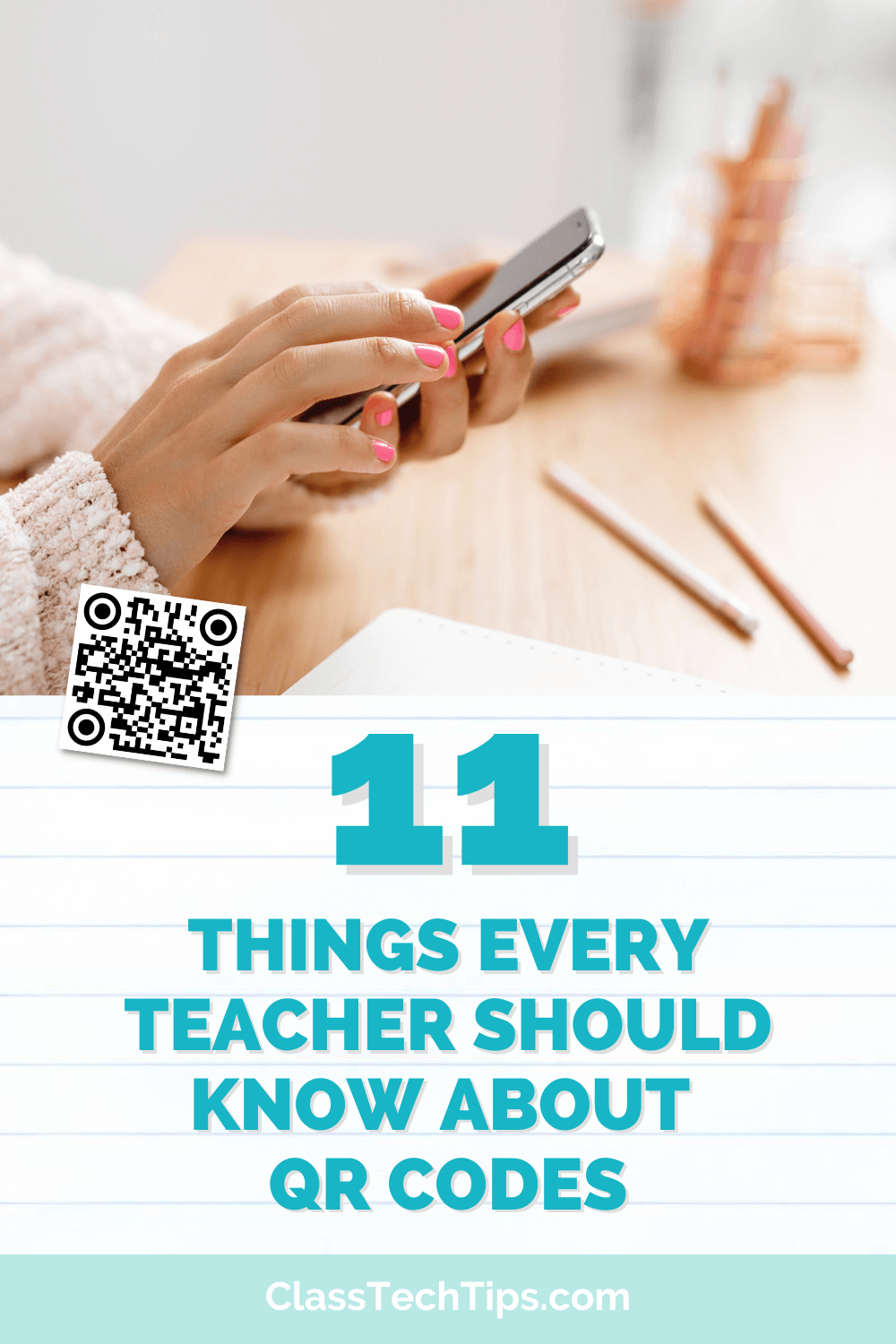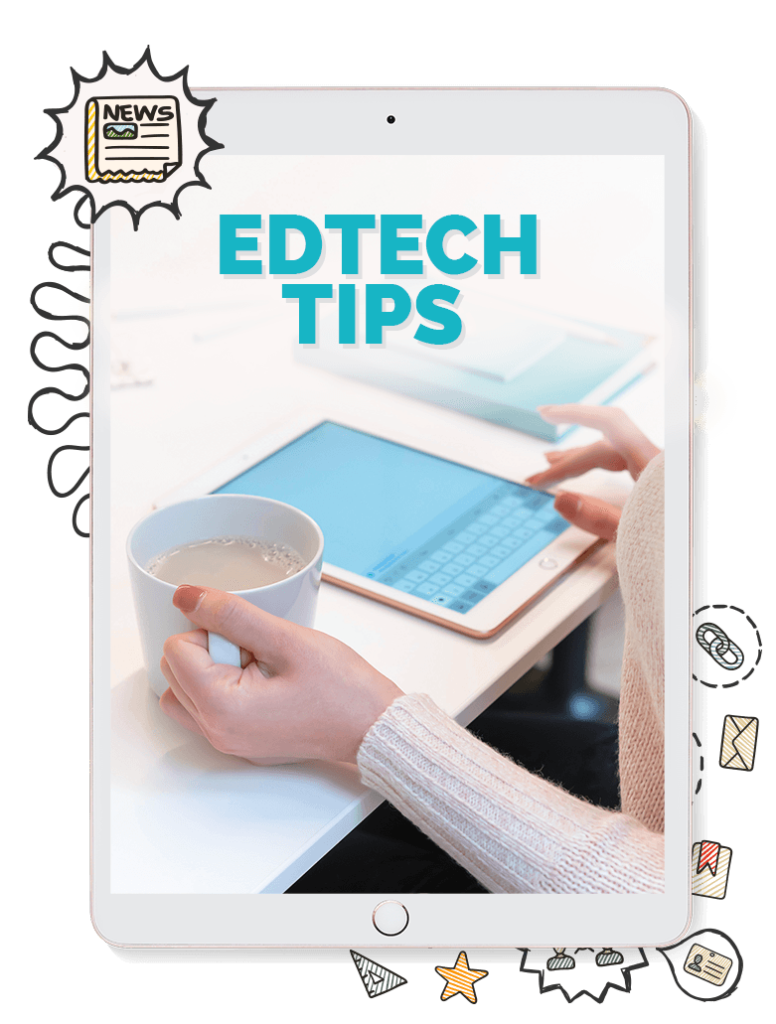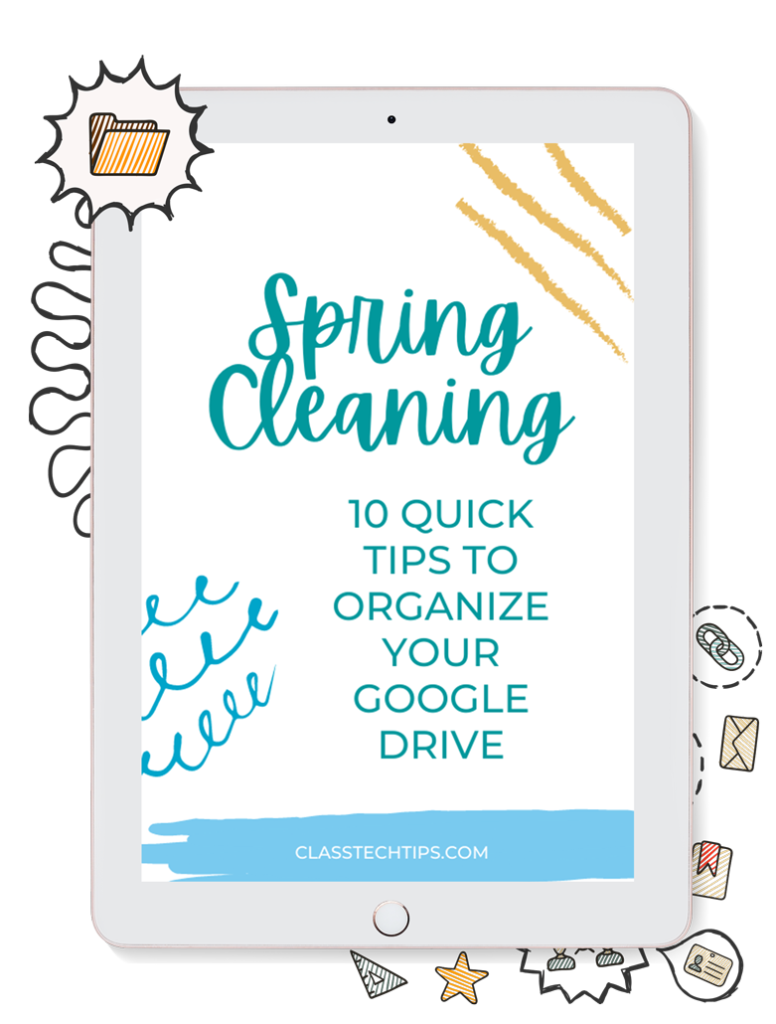This week I had to opportunity to work with teachers in North Carolina on behalf of the awesome folks at LitLife. The teachers at this school were definitely excited to introduce technology tools into their everyday lessons. One of the tips I shared with teachers is the power of a backchannel during literacy instruction — especially if you have only a handful of devices for students.
Read Aloud Backchannel
So how does a read aloud backchannel work? Before introducing a new book to students have kids partner up in front of a shared screen. This means they are both seated in front of a Chromebook or have an iPad between them. You can use a tool like Today’s Meet as a space for students to share their thinking before, during and after a read aloud. A backchannel is a space students can use to share their thoughts and view the thinking of their peers.
Start students off my having them open up a backchannel on their shared device. New to backchannels? Check out this post. You can ask students a question, like:
- What do you think this book will be about based on the illustrations you see on the cover?
- Given what we know about this author, why might they write a book about _______?
Before they type in their answer, ask students to think-pair-share or turn-and-talk to their partner. Then they can decide on one response and type it into their shared backchannel response.
UPDATE: Replacements for Today’s Meet

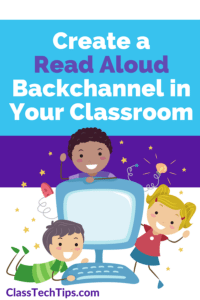
This read aloud activity is the perfect way to cultivate digital citizenship skills, gather formative assessment data, and increase participation during literacy instruction.
Try this activity with one of my favorite read aloud books:
Have you used backchannels with your students? Share your stories or ideas in the comments below.
Check out my new book #FormativeTech: Meaningful, Sustainable, and Scalable Formative Assessment With Technology featuring backchannels!


